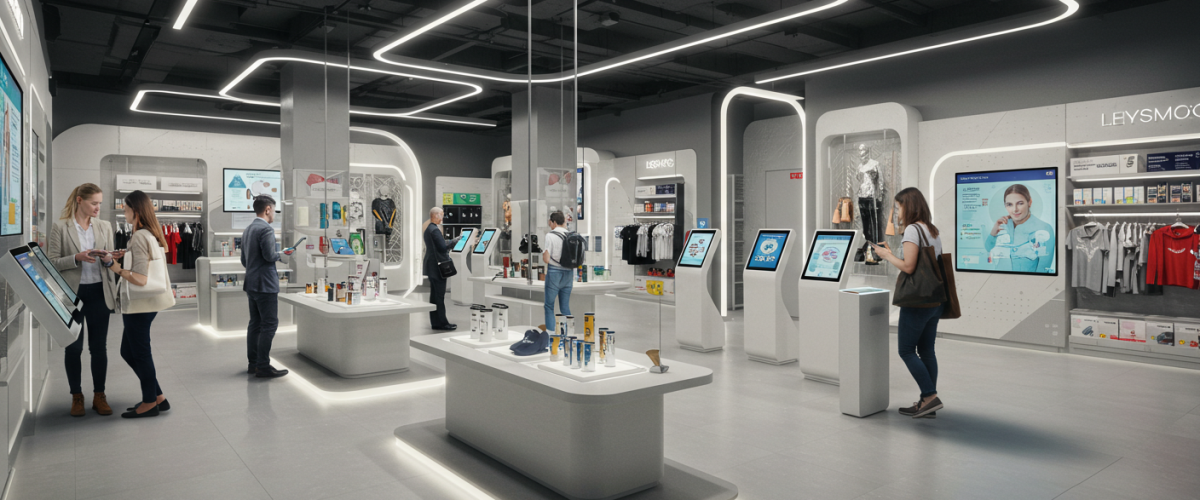
Digital shopping has transformed consumer behavior in ways that extend far beyond simply moving transactions online. The modern consumer approaches purchasing decisions with different expectations, research methods, and decision-making processes compared to traditional shopping experiences. This evolution has created both opportunities and challenges for businesses seeking to connect with customers in digital environments where competition is fierce and attention spans are limited.
The research phase of modern shopping has become extensively digital, with consumers conducting thorough investigations before making purchases. Multiple touchpoints influence decision-making, from search engine results and social media recommendations to review platforms and comparison websites. Consumers now expect comprehensive information availability, detailed product specifications, and authentic user feedback before committing to purchases. This shift has made information transparency and accessibility crucial factors in influencing purchasing decisions.
Social proof has gained unprecedented importance in digital shopping environments. Consumer reviews, ratings, testimonials, and social media endorsements heavily influence purchasing decisions. Shoppers actively seek validation from other customers who have already experienced products or services. The absence of social proof can significantly impact consumer confidence, while authentic positive feedback can accelerate purchasing decisions. This dynamic has made reputation management and customer satisfaction more critical than ever for business success.
The concept of instant gratification has shaped consumer expectations for digital shopping experiences. Customers expect fast website loading times, immediate access to information, streamlined checkout processes, and quick delivery options. Any friction in the digital shopping journey can lead to abandoned carts and lost sales. This demand for efficiency has pushed businesses to optimize every aspect of their digital presence, from technical performance to user experience design.
Mobile commerce has fundamentally altered shopping behavior patterns. Consumers now shop across multiple devices and expect seamless experiences regardless of the platform they choose. The ability to start a purchase on one device and complete it on another has become a standard expectation. This omnichannel behavior has made responsive design and cross-device compatibility essential for capturing and retaining customers throughout their shopping journey.
Personalization has evolved from a nice-to-have feature to a consumer expectation. Shoppers anticipate recommendations based on their browsing history, purchase patterns, and preferences. Generic experiences feel impersonal and can drive customers to competitors who offer more tailored interactions. The challenge for businesses lies in collecting and utilizing customer data effectively while respecting privacy preferences and maintaining trust.
The influence of social media on shopping behavior has created new pathways to purchase. Consumers discover products through social platforms, influencer recommendations, and peer sharing. This social commerce integration has blurred the lines between entertainment, social interaction, and shopping. Businesses must now consider how their products and brand messages will perform in social contexts and user-generated content scenarios.
Price transparency and comparison shopping have become effortless in digital environments. Consumers can quickly compare prices across multiple retailers, access historical pricing data, and find promotional codes or discounts. This transparency has intensified price competition while also emphasizing the importance of value proposition beyond just price. Businesses must clearly communicate their unique benefits and superior value to justify pricing decisions.
The subscription and recurring purchase model has gained acceptance among consumers who value convenience and predictability. From streaming services to subscription boxes and auto-delivery programs, consumers are increasingly comfortable with ongoing commitments when they provide clear value and convenience. This shift has created opportunities for businesses to build recurring revenue streams while fostering long-term customer relationships.
Sustainability and ethical considerations have become significant factors in consumer decision-making. Shoppers increasingly research company practices, environmental impact, and social responsibility before making purchases. This consciousness has made corporate values and ethical practices important competitive differentiators. Businesses must genuinely embrace sustainable practices rather than simply marketing them superficially.
The return and exchange experience has become a critical factor in initial purchase decisions. Consumers want assurance that they can easily return or exchange products if needed. Generous return policies and straightforward processes can actually increase sales by reducing purchase anxiety. The return experience has become an extension of customer service that can significantly impact future purchasing behavior and brand loyalty.
Customer service expectations have evolved to include 24/7 availability and multiple communication channels. Consumers expect immediate responses to questions and concerns through chat, email, social media, and phone support. The quality of customer service interactions can significantly influence overall brand perception and future purchasing decisions. This has made customer service optimization a crucial component of digital commerce success.
The integration of emerging technologies like augmented reality, virtual reality, and artificial intelligence has begun to influence shopping behavior. Consumers are becoming more comfortable with virtual try-on experiences, AI-powered recommendations, and immersive product demonstrations. These technologies help bridge the gap between physical and digital shopping experiences by providing additional confidence and engagement during the decision-making process.
Understanding these behavioral shifts enables businesses to create digital shopping environments that align with modern consumer expectations. Success requires continuous adaptation to changing preferences while maintaining focus on fundamental principles of trust, value, and customer satisfaction that drive long-term business relationships.

